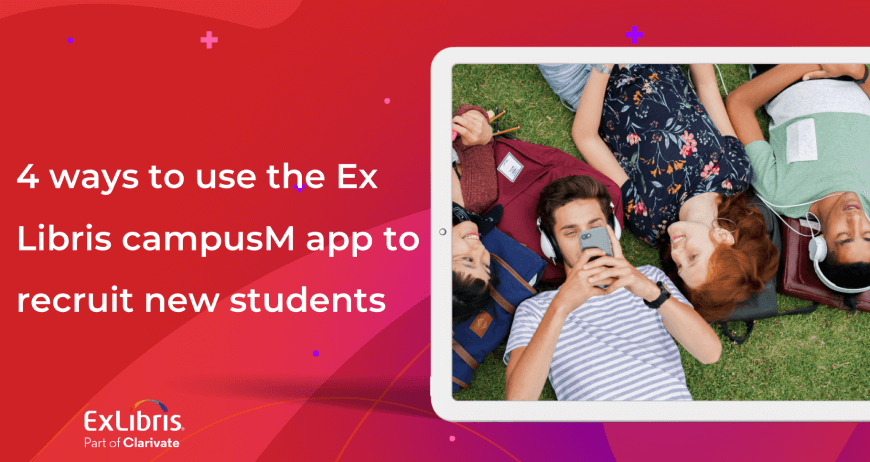Jackie Sherlock, Ex Libris
As higher education comes to terms with the consequences of the Coronavirus, mobile apps can support off-campus engagement and help students cope with this unforeseen situation, giving them the best experience possible in these challenging times.
Here’s some important advice to help you engage with students effectively in a mobile online environment.
1. Send frequent push notifications.
Push notifications are a great way to keep users up-to-date with what’s going on. They have a higher open rate than any other communication channel, so you know your message will get through.
Particularly in a situation that is constantly changing, instant and frequent updates can reassure your staff and students that they have the latest advice and information.
See how our library software provides real-time updates and access to essential resources.










